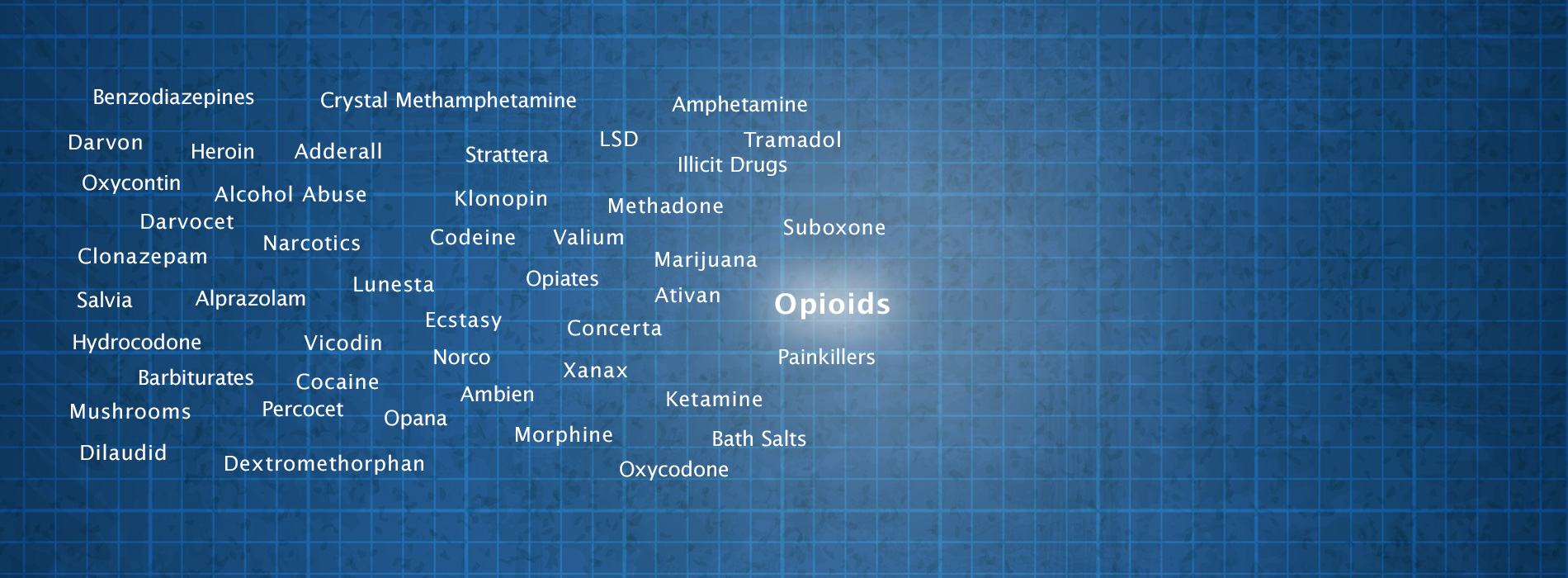Opioids
Drug overdose rates in America have tripled since 1990. More than 36,000 people died from drug overdoses in 2008 alone, with the majority of deaths attributed to prescription drugs. The most commonly abused prescription drugs are opioids. Three out of four overdoses are caused by prescription painkillers (opioid pain relievers). The abuse and misuse of painkillers is responsible for more than 475,000 emergency department visits, with that number doubling in the last five years. As many as 12 million people report that they used pain medicine non-medically in a recent survey.
The prescription pain medicines work by binding to brain receptors to decrease pain perception. These drugs are used to achieve a feeling of euphoria and cause physical dependence or addiction. These pain relievers cause sedation, and in high doses, cause slowed breathing. A person abusing prescription medicines will take larger doses of the drug to achieve a euphoric effect and reduce withdrawal symptoms, and this is when a fatal overdose is likely.
Persons at Risk for Opioid Use and Abuse
Research suggests that certain groups of people are at higher risk than others for drug overdose. The drug overdose epidemic is most severe in the Appalachian and Southwest regions of the U.S. The people at risk include:
- Low-income individuals living in rural areas – People on Medicaid are prescribed pain medicine at twice the rate of those who are non-Medicaid patients.
- People who go to multiple doctors – Known as doctor shopping, this involves going from provider to provider to obtain drugs.
- People who take high doses of pain medicines – These individuals who misuse multiple prescription drugs.
- Individuals with a known mental illness and a history of substance abuse.
PDMP
The state-ran electronic database used to track prescription drugs is called the Prescription Drug Monitoring Program (PDMP). This is designed to monitor suspected diversion and abuse of opioids. The information from this program identifies high-risk individuals who would benefit from interventions to prevent drug use, abuse, and dependence.
The CDC recommends that the PDMP focus on patients who have the highest number of controlled substance prescriptions, those at risk for abuse of drugs, and the number of providers the patient sees. Also, this program monitors prescribers who write large numbers of prescriptions. Also, the CDC advises that PDMPs be linked together electronic medical records so this information be integrated together for day-to-day practices.
Pitfalls of Opioid Abuse and Misuse
- Addiction – Prescription opioids act on the same receptors as the street drug heroin, and they are addictive. To intensify the effect, people often inject these drugs for a quick “high” or “rush.”
- Overdose – Opioids are abused, wither alone or with other drugs. This leads to respiratory depression and even death. Unintentional overdose is quite common with these substances.
- High-Risk for HIV – A person who injects opioids is at high risk for HIV and other blood-borne infections. Drug use also alters judgment and decision-making.
- Dangerous withdrawal symptoms – Opioids are highly addictive, and for chronic users or abusers, they can lead to life-threatening withdrawal symptoms, such as seizures.

